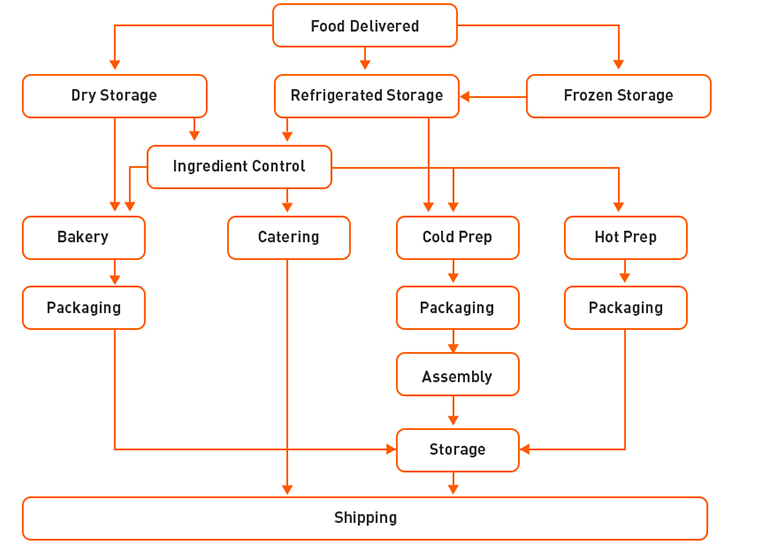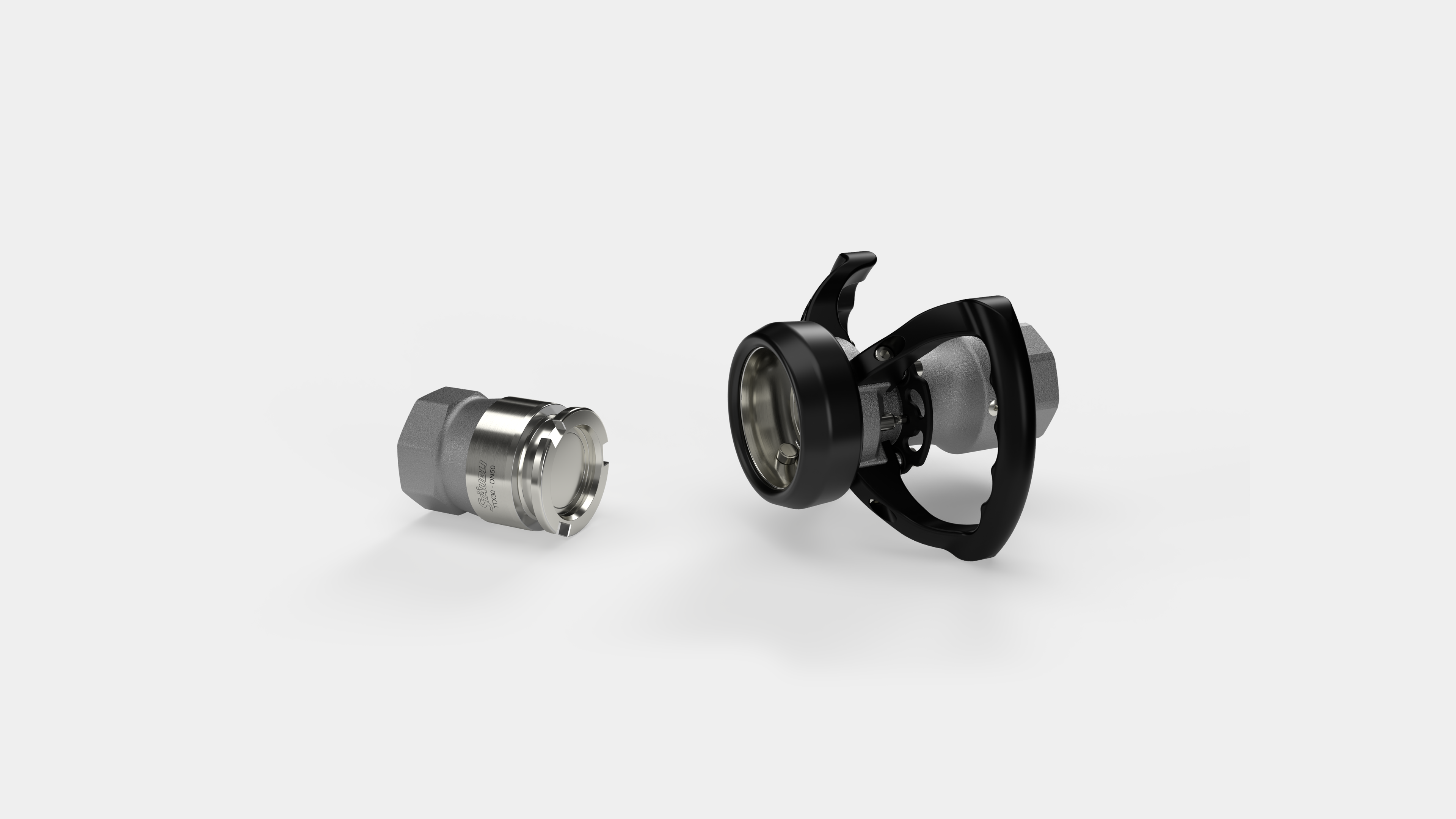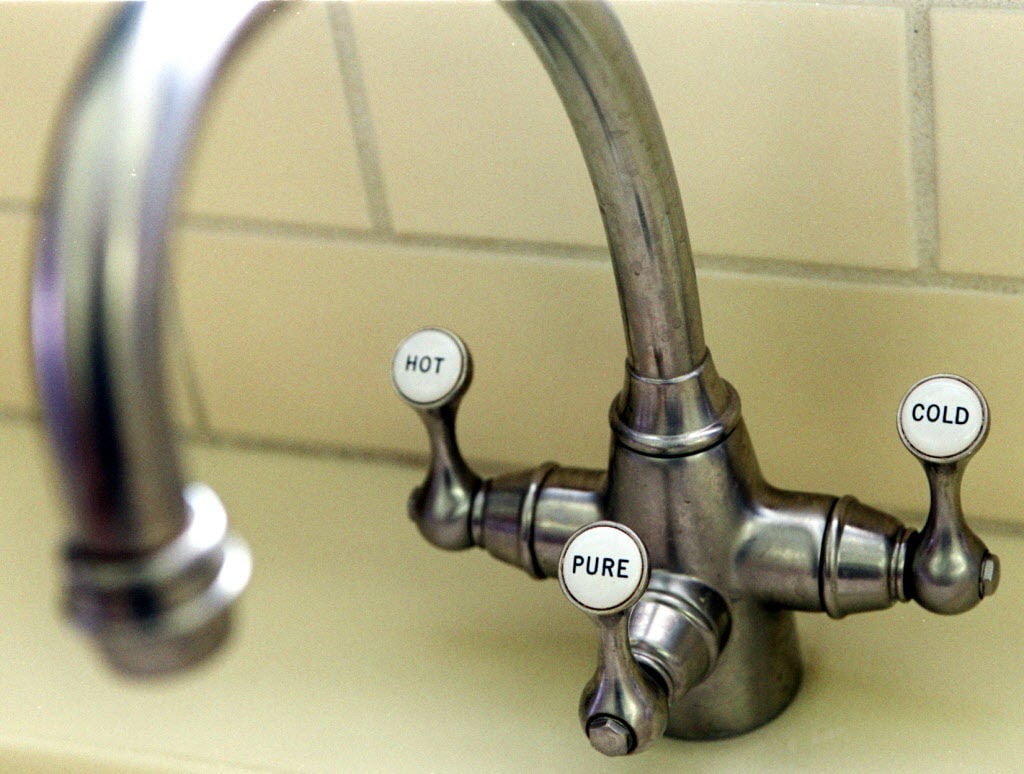If you've noticed that the water flow from your kitchen sink seems weak or inconsistent, it may be time to check and adjust the flow rate. This is an important aspect of maintaining a functional and efficient kitchen sink, as the flow rate can affect everything from washing dishes to filling up pots for cooking. Here's how you can easily measure and adjust the flow rate of your kitchen sink. Kitchen sink flow rate refers to the amount of water that comes out of your faucet in a given period of time. It is typically measured in gallons per minute (GPM). A higher flow rate means more water comes out of the faucet, while a lower flow rate means less water. Adjusting the flow rate of your kitchen sink can help you save water and money on your water bill, as well as improve the functionality of your sink.1. How to Measure and Adjust the Flow Rate of Your Kitchen Sink
The flow rate of your kitchen sink is an important factor to consider when choosing a faucet or when experiencing issues with your current one. A high flow rate is especially important for tasks like washing dishes, filling up pots, and cleaning produce. A low flow rate, on the other hand, can be frustrating and time-consuming, and may also indicate underlying plumbing issues. Additionally, the flow rate of your kitchen sink can also affect the water pressure in your home. A low flow rate can result in weak water pressure, while a high flow rate can put unnecessary strain on your plumbing system and lead to leaks or other problems.2. Understanding the Importance of Kitchen Sink Flow Rate
If you're experiencing a low flow rate in your kitchen sink, there are a few things you can try to improve it. First, check that the faucet aerator is not clogged with mineral deposits or debris. This small mesh screen is located at the end of the faucet and can easily be cleaned or replaced. You can also check the water shut-off valves under the sink to make sure they are fully open. If they are partially closed, it can restrict the flow of water to your faucet. In some cases, a pipe blockage may also be the cause of a low flow rate. If you suspect this is the case, it's best to call a professional plumber to address the issue.3. Tips for Improving the Flow Rate of Your Kitchen Sink
If you're in the market for a new kitchen sink faucet, you may want to consider one that offers a high flow rate. The design and features of a faucet can greatly affect the flow rate, so make sure to look for models with a GPM of 2.2 or higher for optimal flow. Some popular high flow rate kitchen sink faucets include the Moen Arbor and Kohler Simplice models, both of which offer a flow rate of 2.2 GPM. These faucets are also WaterSense certified, meaning they meet the Environmental Protection Agency's water efficiency and performance standards.4. The Best Kitchen Sink Faucets for High Flow Rate
Low water pressure in your kitchen sink can be frustrating and make everyday tasks much more difficult. If you're dealing with low-pressure, there are a few things you can try to improve the flow rate. First, check the pressure regulator near your home's main water valve to make sure it is set correctly. You can also try cleaning the faucet aerator and valves, as well as checking for any clogs in your plumbing pipes. In some cases, installing a booster pump can also increase water pressure and improve the flow rate of your kitchen sink.5. How to Increase the Flow Rate of a Low-Pressure Kitchen Sink
A low flow rate in your kitchen sink can have various negative effects on your daily routine. It can make washing dishes take longer, as well as make filling up pots and other containers more time-consuming. It can also make it difficult to rinse off soap or food residue, leading to unsanitary conditions. In addition, a low flow rate can also indicate underlying plumbing issues, which can lead to expensive repairs if left unchecked. It's important to address a low flow rate as soon as possible to avoid these negative effects.6. The Effects of a Low Flow Rate on Your Kitchen Sink
If you're in the process of remodeling your kitchen or looking to replace your current sink, it's important to choose one that offers a good flow rate. While it may be tempting to go for a more aesthetically pleasing option, functionality should always be a top priority when it comes to your kitchen sink. When choosing a sink, look for larger and deeper models that will allow for more water flow and make it easier to wash larger items. You should also consider the position and angle of the faucet to ensure maximum flow rate and efficiency.7. Choosing the Right Kitchen Sink for Optimal Flow Rate
As mentioned earlier, a low flow rate in your kitchen sink can indicate underlying plumbing issues. Some common causes of low flow rate include pipe blockages, worn out faucet cartridges, leaks, and corroded pipes. If you're experiencing a low flow rate, it's best to have a professional plumber inspect your plumbing system to determine the underlying cause and provide the necessary repairs.8. Common Causes of Low Flow Rate in Kitchen Sinks
If you've tried all the above tips and are still dealing with a low flow rate, it may be time to unclog your kitchen sink. This is a common issue that can be caused by food scraps, grease, or other debris getting stuck in the pipes. To unclog a kitchen sink, you can try using a plunger or a drain snake to dislodge the blockage. You can also use a mixture of hot water, baking soda, and vinegar to break down any buildup in the pipes. For stubborn clogs, it's best to call a professional plumber.9. How to Unclog a Kitchen Sink to Improve Flow Rate
Having a high flow rate in your kitchen sink offers numerous benefits for cooking and cleaning. It allows for quicker and more efficient washing and rinsing of dishes, as well as filling up pots and other containers for cooking. It also makes it easier to clean produce and other food items. Additionally, a high flow rate can also save you time and money on your water bill, as well as prevent potential plumbing issues in the future. It's worth investing in a high-quality faucet and maintaining a good flow rate for the functionality and convenience it provides. In conclusion, the flow rate of your kitchen sink is an important aspect to consider for optimal functionality and efficiency. By understanding how to measure and adjust the flow rate, choosing the right faucet, and addressing any underlying issues, you can ensure that your kitchen sink is always working at its best.10. The Benefits of a High Flow Rate Kitchen Sink for Cooking and Cleaning
Kitchen Sink Flow Rate: Finding the Perfect Balance
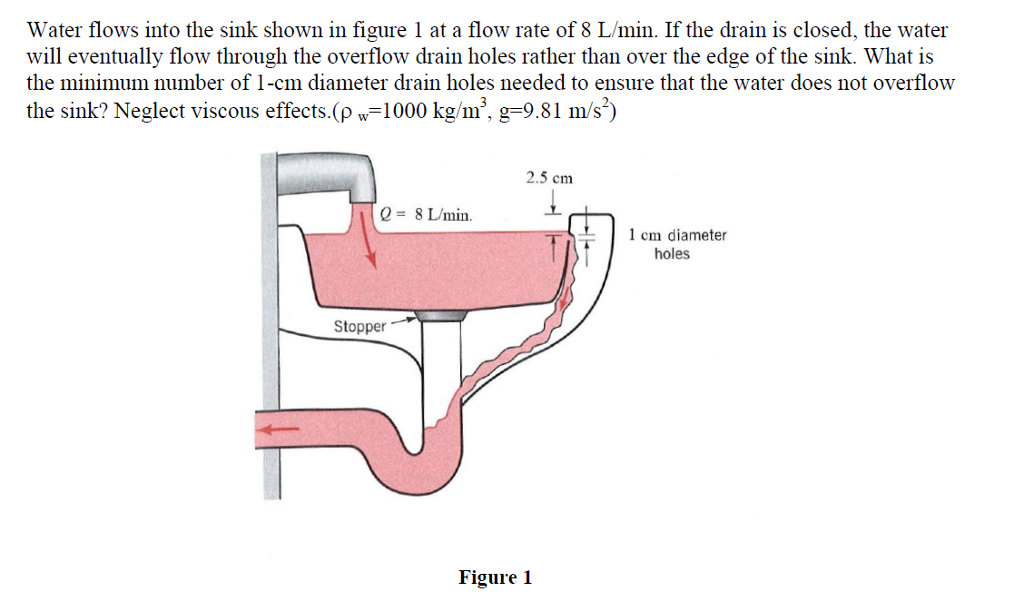
The Importance of Kitchen Design
 When designing a house, the kitchen is often considered the heart of the home. It is where meals are prepared, family and friends gather, and memories are made. As such, it is crucial to create a functional and aesthetically pleasing kitchen that fits the needs and preferences of the homeowners. One essential factor to consider in kitchen design is the
kitchen sink flow rate
.
When designing a house, the kitchen is often considered the heart of the home. It is where meals are prepared, family and friends gather, and memories are made. As such, it is crucial to create a functional and aesthetically pleasing kitchen that fits the needs and preferences of the homeowners. One essential factor to consider in kitchen design is the
kitchen sink flow rate
.
Understanding Flow Rate
 Flow rate
refers to the amount of water that can flow through a faucet or showerhead in a certain amount of time. In the case of a kitchen sink, the flow rate is measured in gallons per minute (GPM). This determines how fast water will come out of the faucet and how much water will be used for various tasks, such as washing dishes or filling a pot with water.
Flow rate
refers to the amount of water that can flow through a faucet or showerhead in a certain amount of time. In the case of a kitchen sink, the flow rate is measured in gallons per minute (GPM). This determines how fast water will come out of the faucet and how much water will be used for various tasks, such as washing dishes or filling a pot with water.
Finding the Right Balance
 Having a high flow rate can be convenient for filling larger pots or for a quick rinse, but it can also lead to excessive water usage and higher water bills. On the other hand, a low flow rate can save water and money, but it may not be practical for certain tasks. That's why it is important to find the
perfect balance
when it comes to the kitchen sink flow rate.
Having a high flow rate can be convenient for filling larger pots or for a quick rinse, but it can also lead to excessive water usage and higher water bills. On the other hand, a low flow rate can save water and money, but it may not be practical for certain tasks. That's why it is important to find the
perfect balance
when it comes to the kitchen sink flow rate.
Factors to Consider
 There are several factors to consider when determining the ideal kitchen sink flow rate for your home. One of these is the size of your household. A larger household may require a higher flow rate to accommodate multiple people using the sink at the same time. The type of faucet also plays a role, as some faucets have a higher flow rate than others. Additionally, considering the
water pressure
in your home can help determine the appropriate flow rate.
There are several factors to consider when determining the ideal kitchen sink flow rate for your home. One of these is the size of your household. A larger household may require a higher flow rate to accommodate multiple people using the sink at the same time. The type of faucet also plays a role, as some faucets have a higher flow rate than others. Additionally, considering the
water pressure
in your home can help determine the appropriate flow rate.
Benefits of Finding the Right Flow Rate
 Finding the right flow rate for your kitchen sink has numerous benefits. It can save water, reduce water bills, and help conserve valuable resources. It can also improve the functionality and efficiency of your kitchen, making everyday tasks easier and more enjoyable. With the right flow rate, you can have a beautiful and functional kitchen that meets your needs and fits your lifestyle.
Finding the right flow rate for your kitchen sink has numerous benefits. It can save water, reduce water bills, and help conserve valuable resources. It can also improve the functionality and efficiency of your kitchen, making everyday tasks easier and more enjoyable. With the right flow rate, you can have a beautiful and functional kitchen that meets your needs and fits your lifestyle.
In Conclusion
 In conclusion, the kitchen sink flow rate is an important aspect of kitchen design that should not be overlooked. By finding the perfect balance and considering factors such as household size, faucet type, and water pressure, you can create a kitchen that is both functional and efficient. So, the next time you are designing a kitchen or looking to make improvements, remember to pay attention to the kitchen sink flow rate for an optimal and enjoyable experience.
In conclusion, the kitchen sink flow rate is an important aspect of kitchen design that should not be overlooked. By finding the perfect balance and considering factors such as household size, faucet type, and water pressure, you can create a kitchen that is both functional and efficient. So, the next time you are designing a kitchen or looking to make improvements, remember to pay attention to the kitchen sink flow rate for an optimal and enjoyable experience.






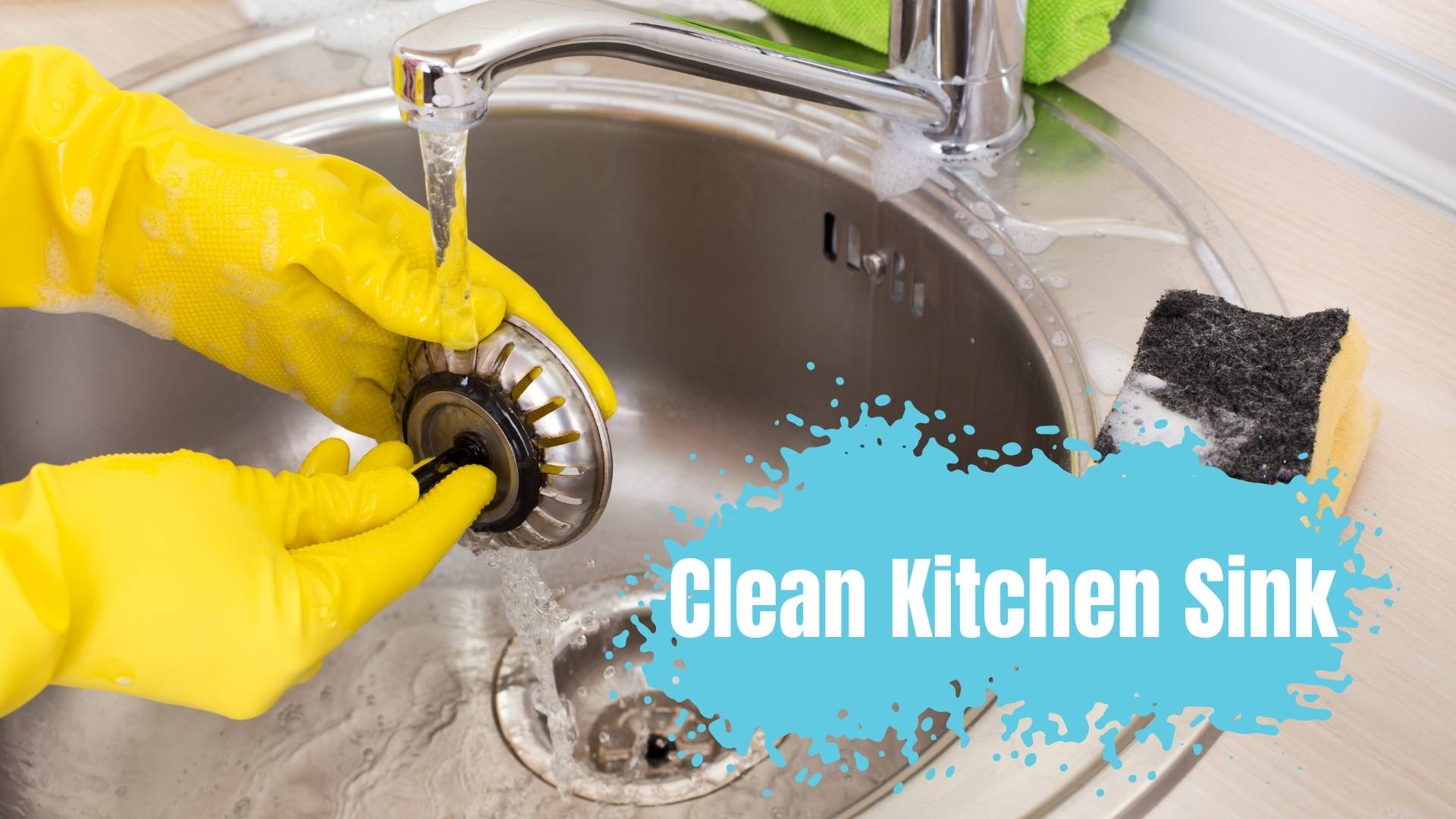
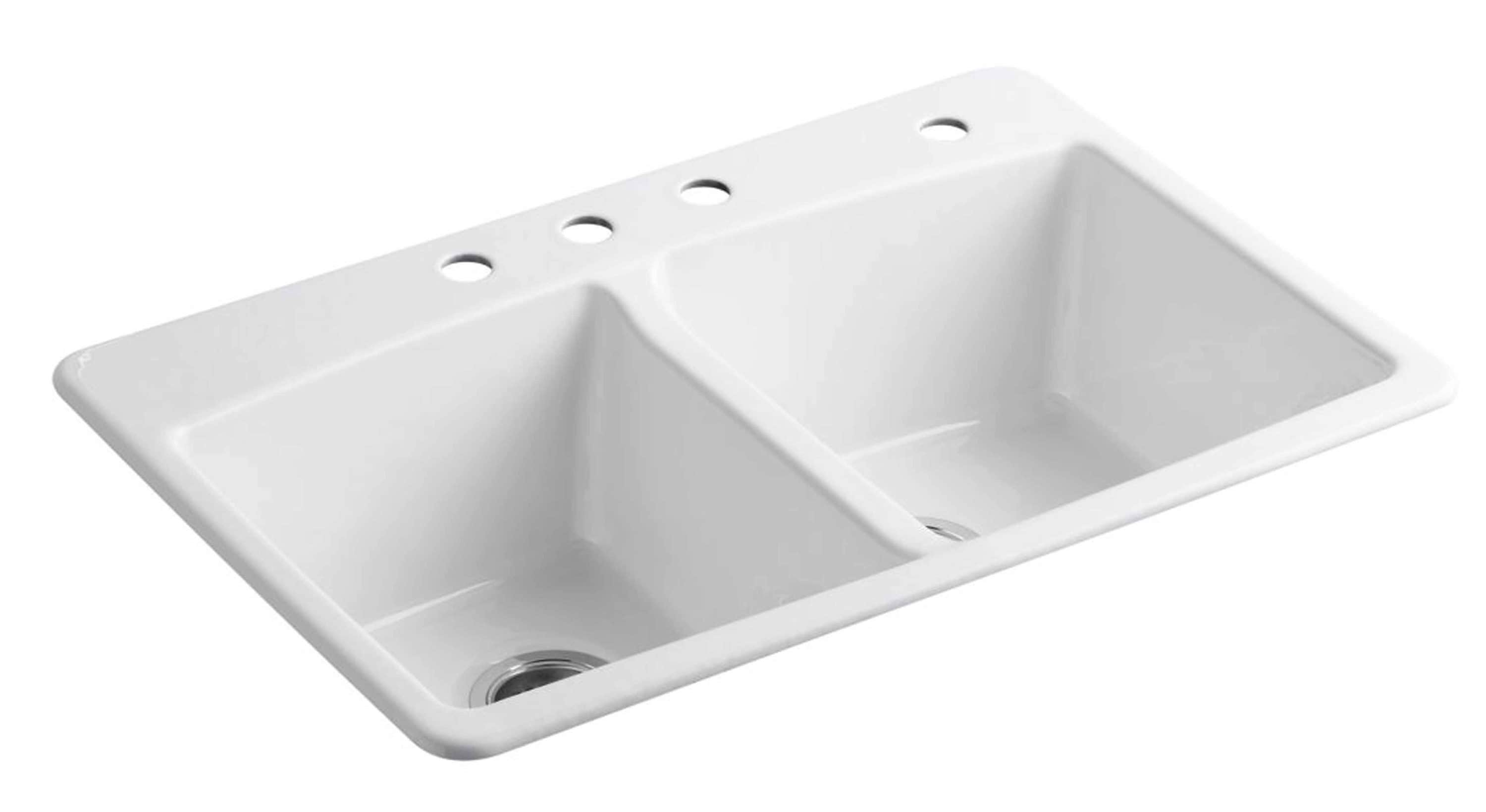






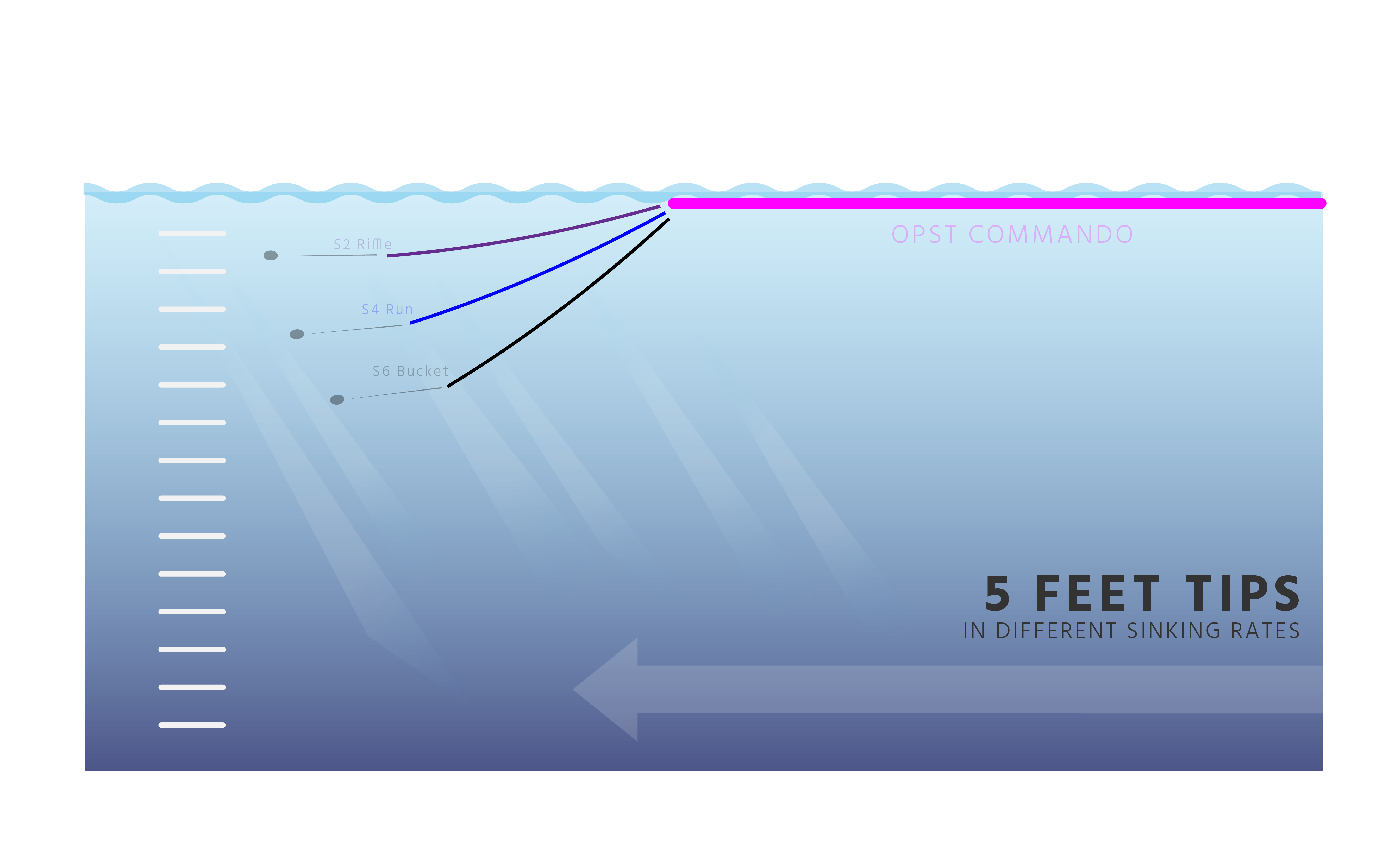












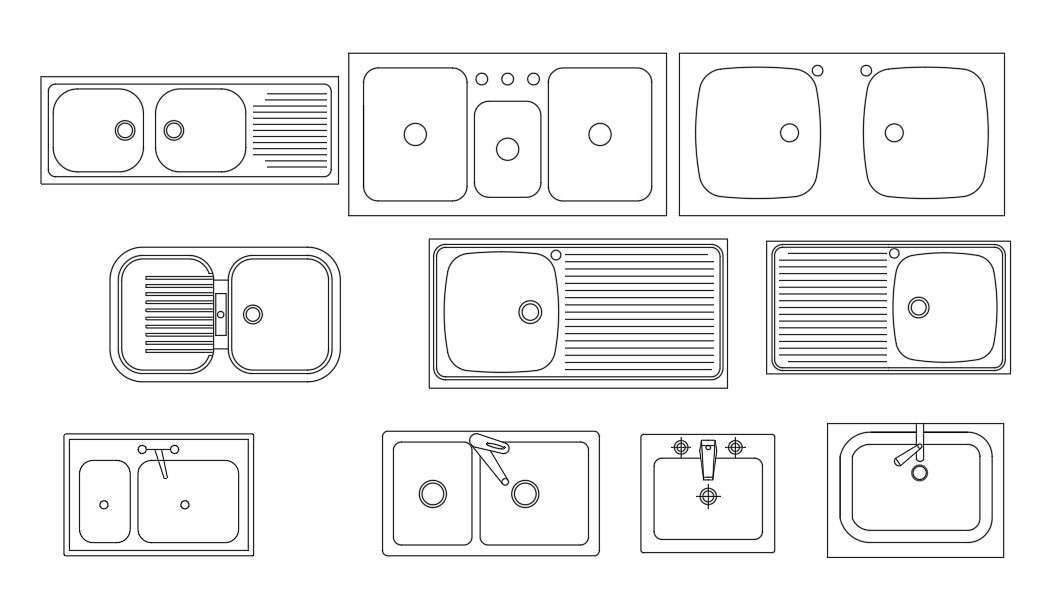

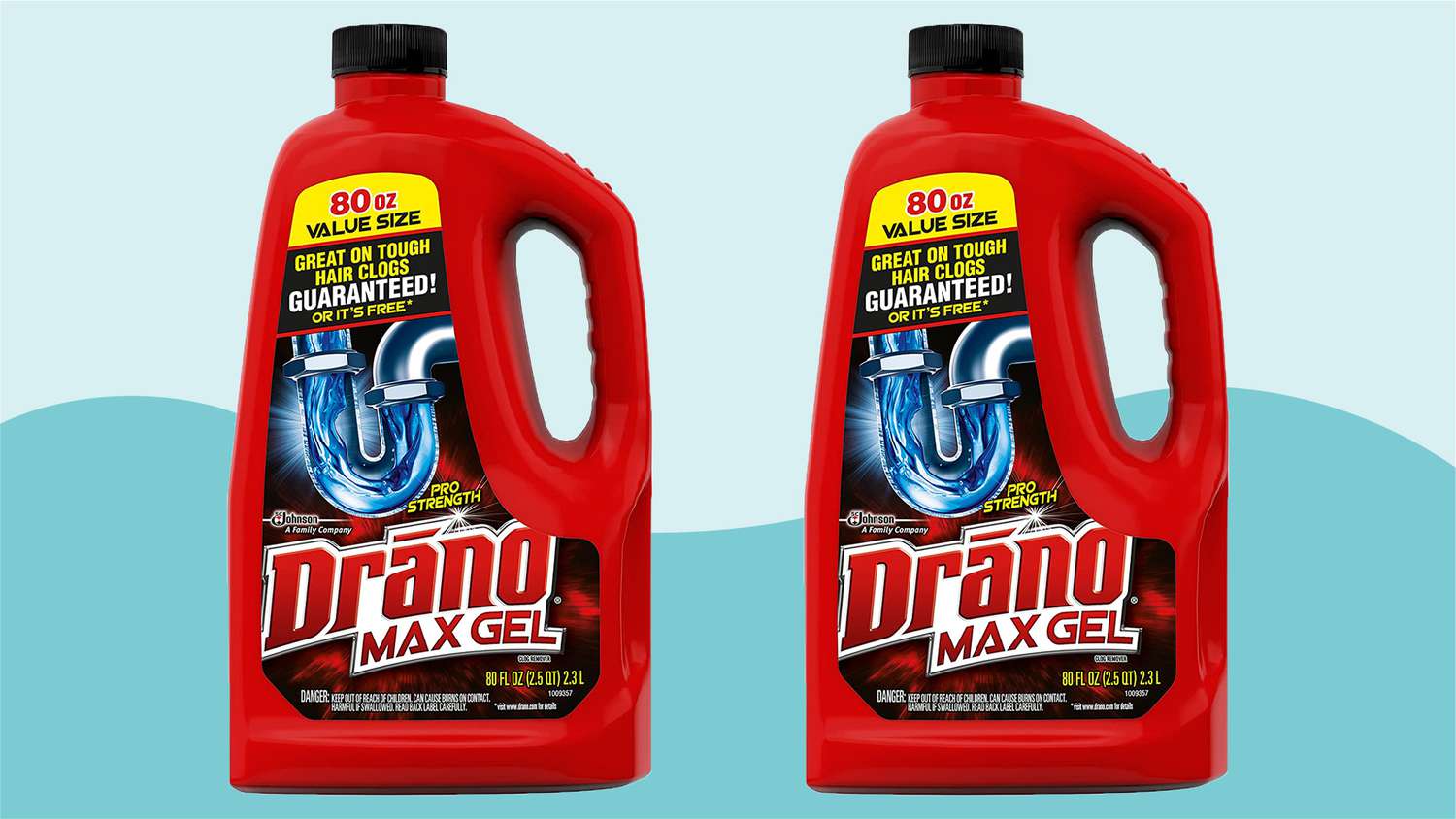


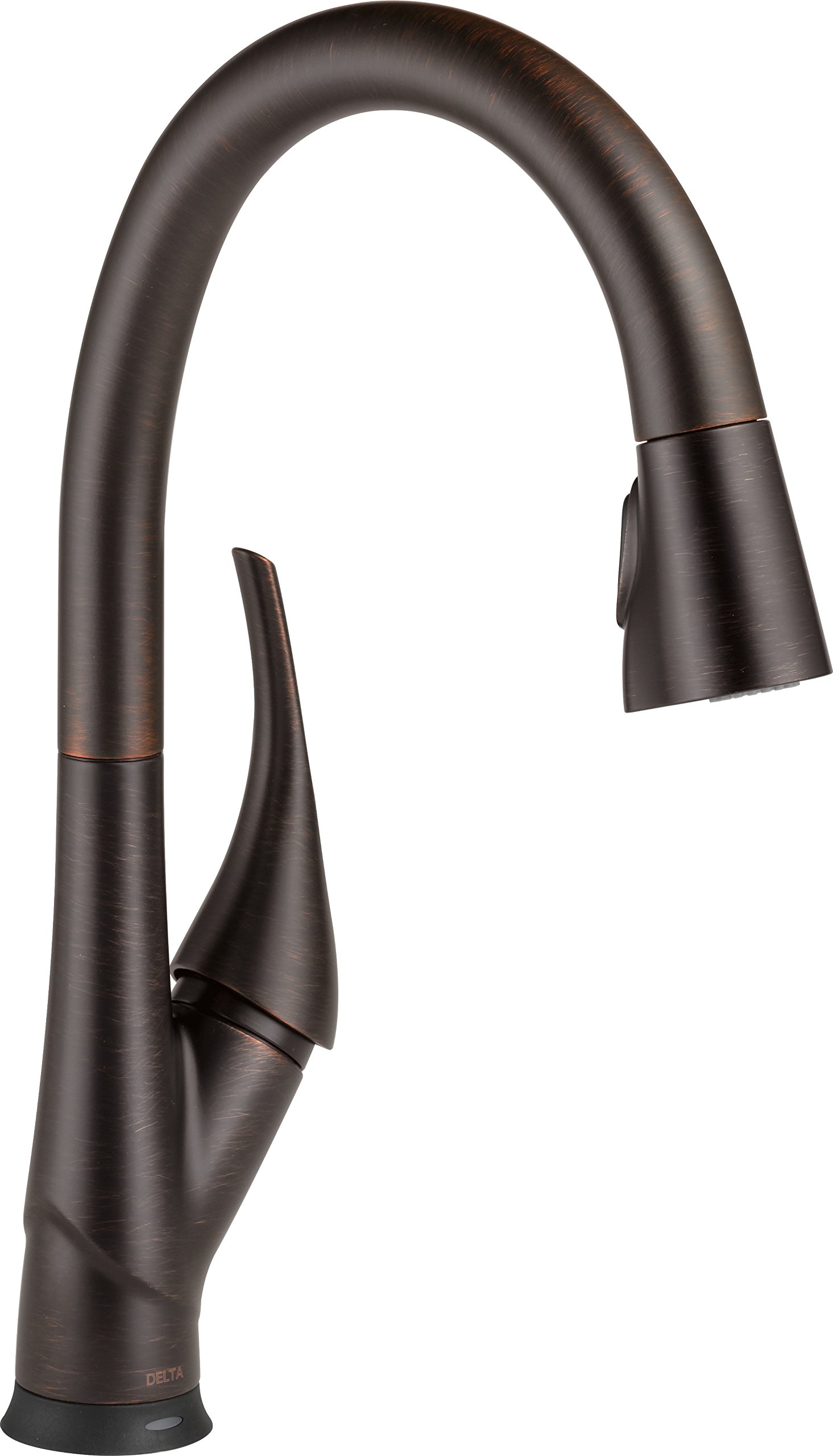
:max_bytes(150000):strip_icc()/51Z56Bb2TfL._AC_SL1001_-6d707f3f9edb4c90bf66aab957bf49c1.jpg)
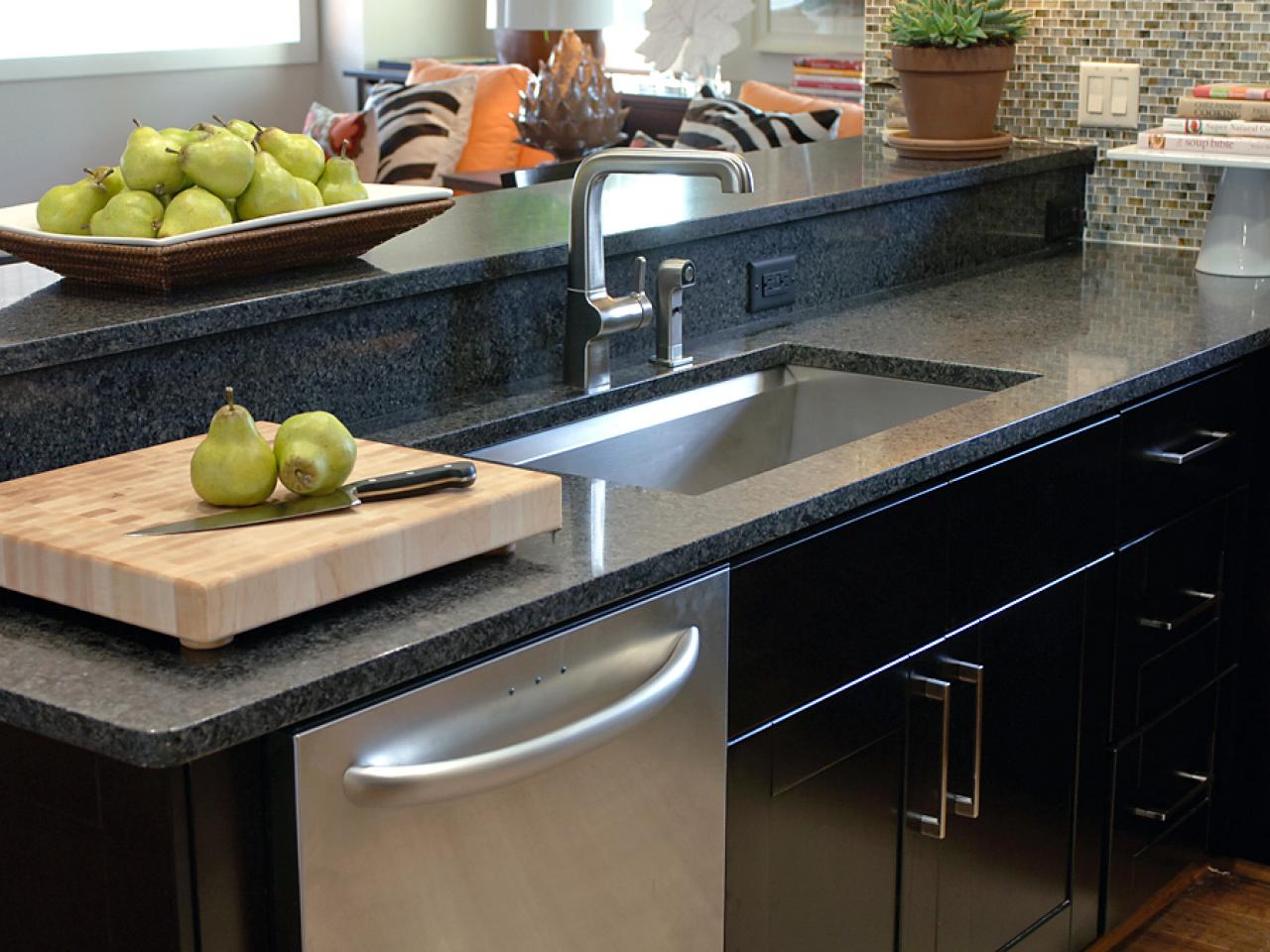

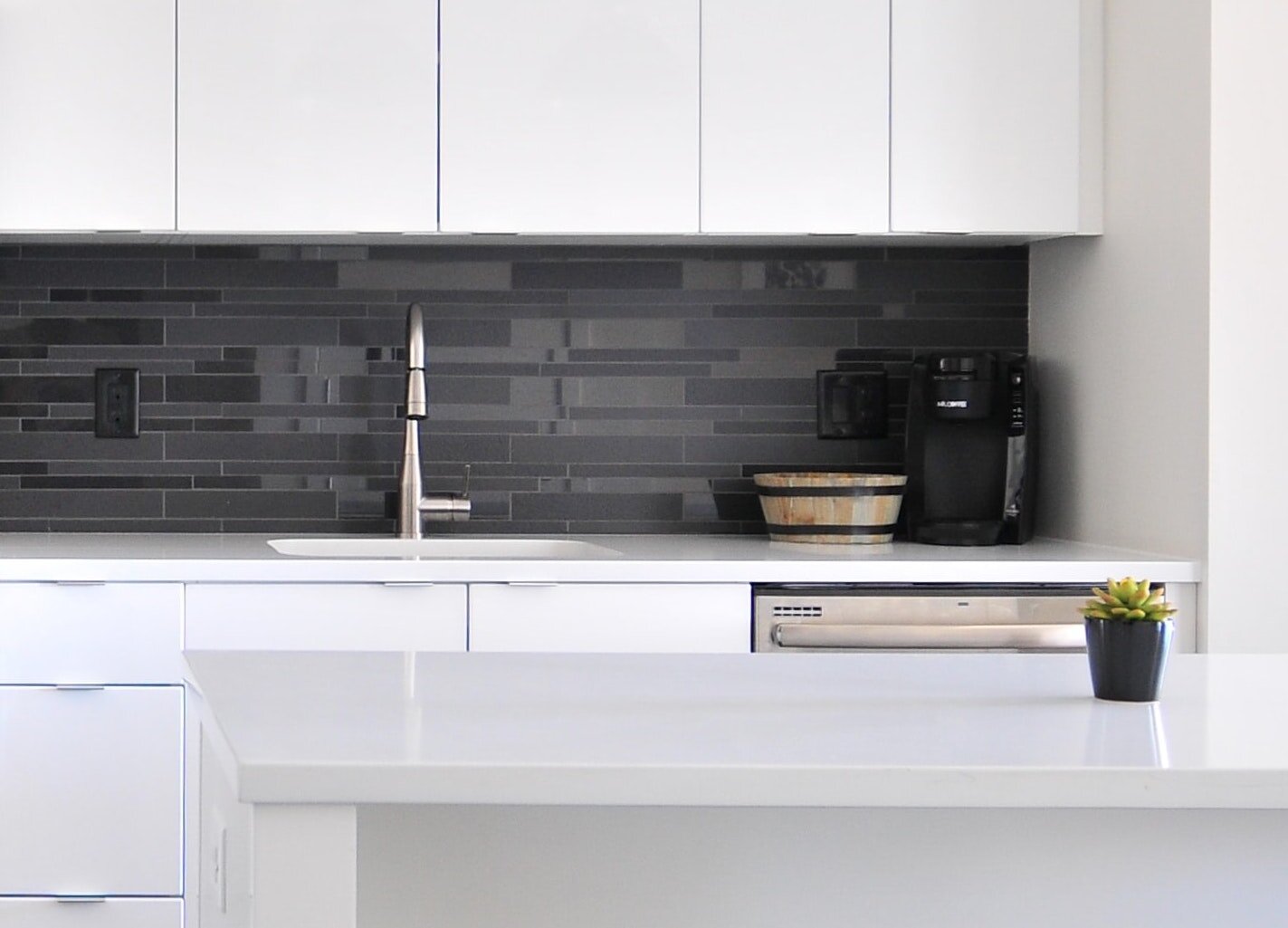




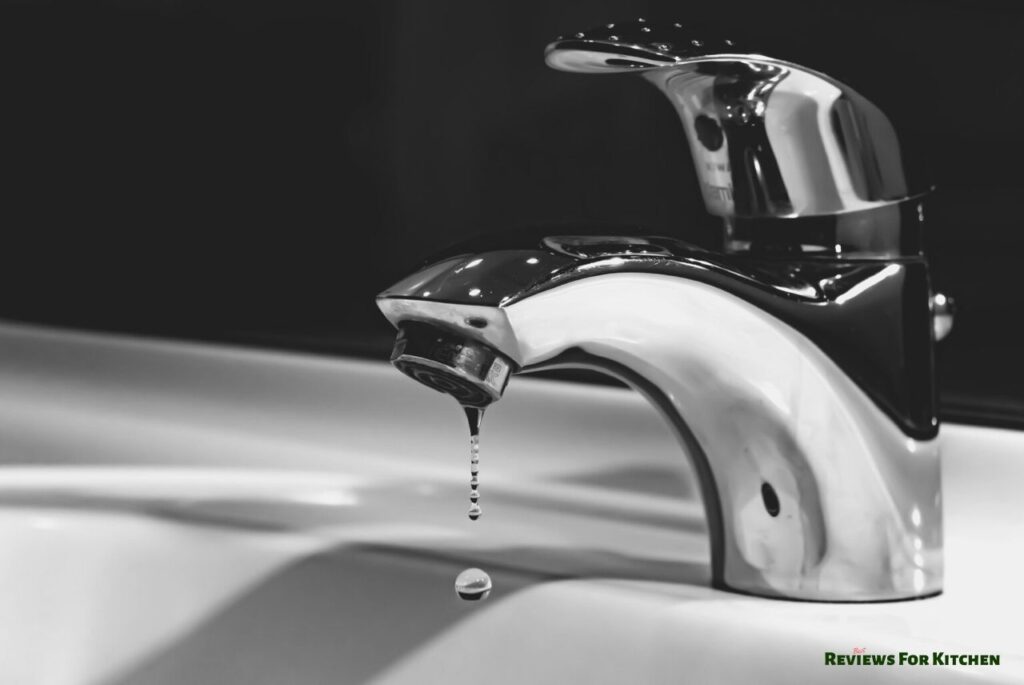







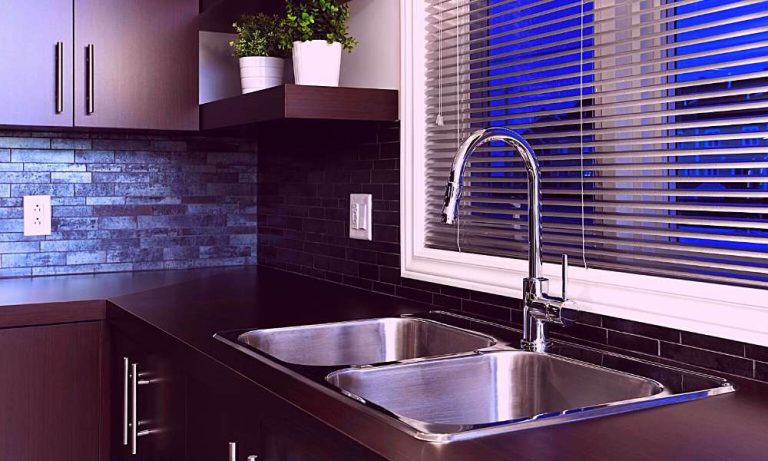





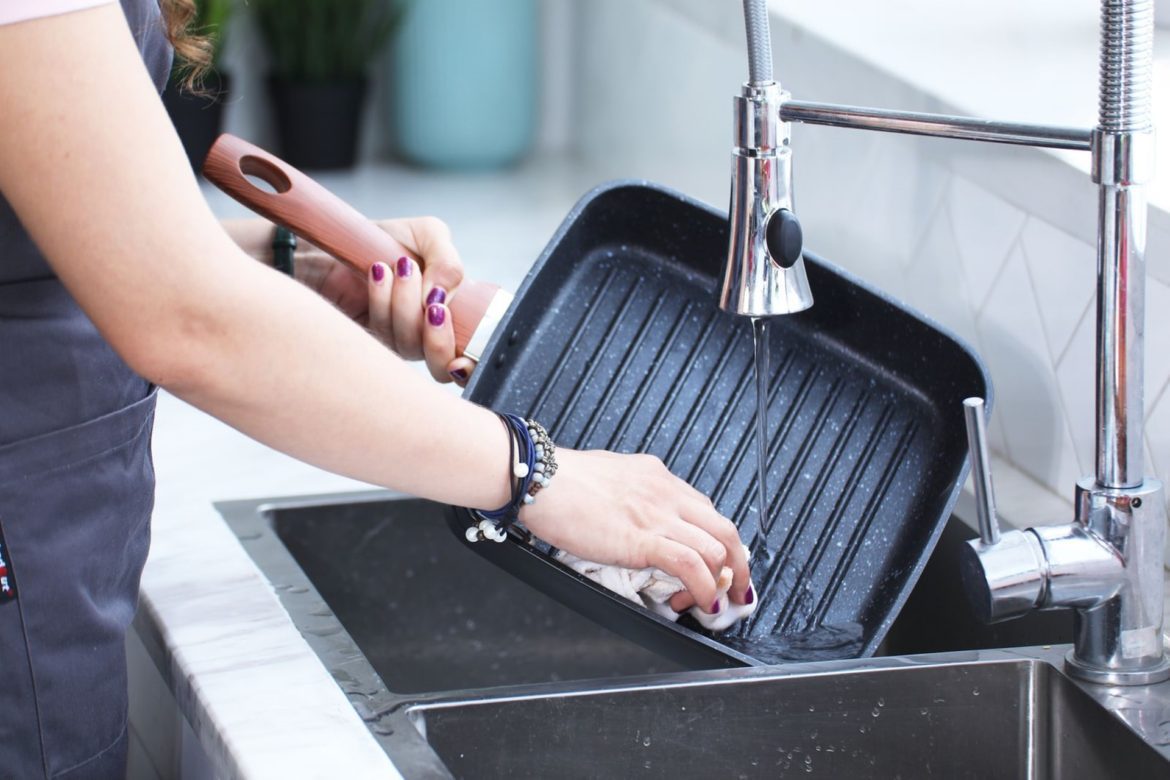












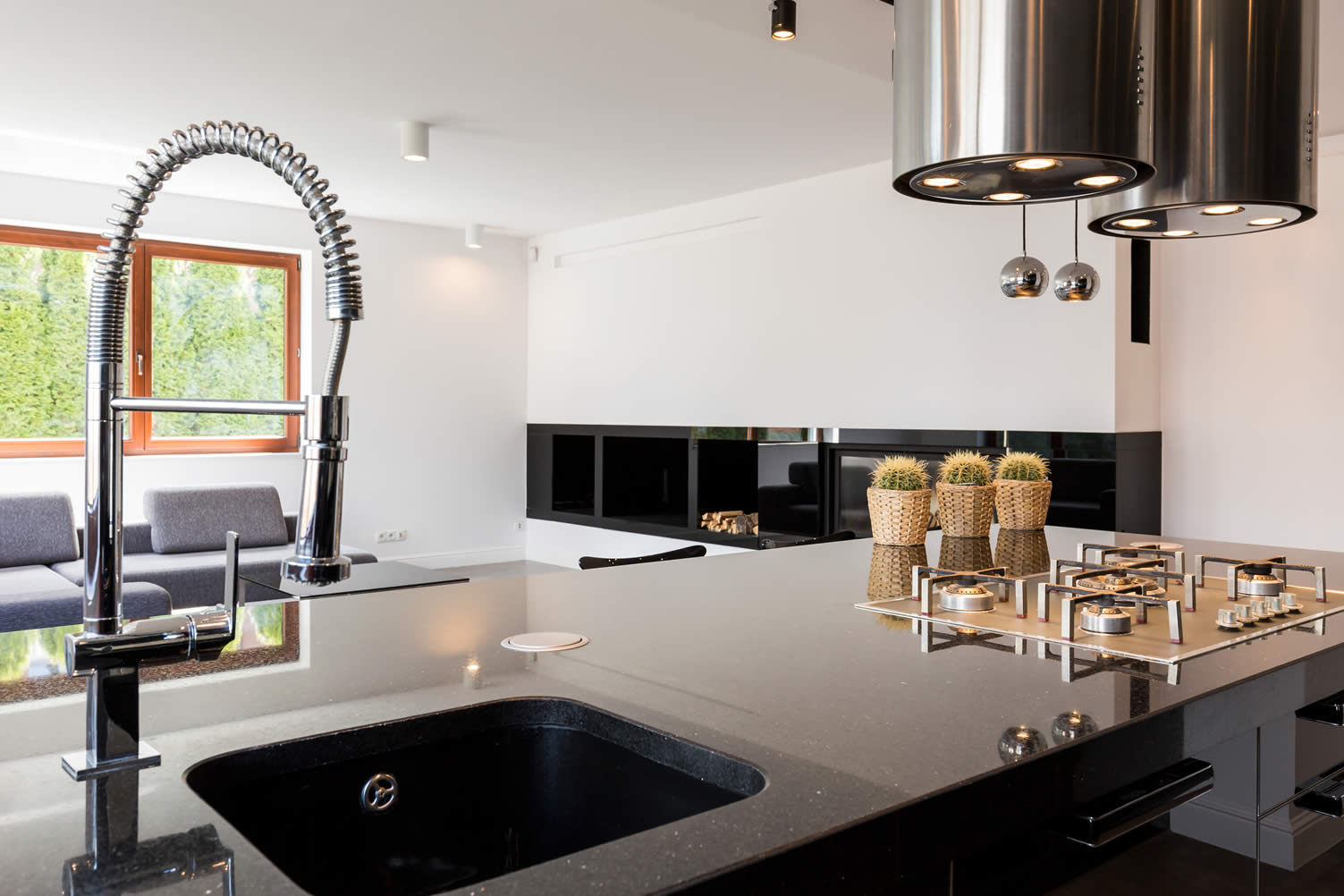

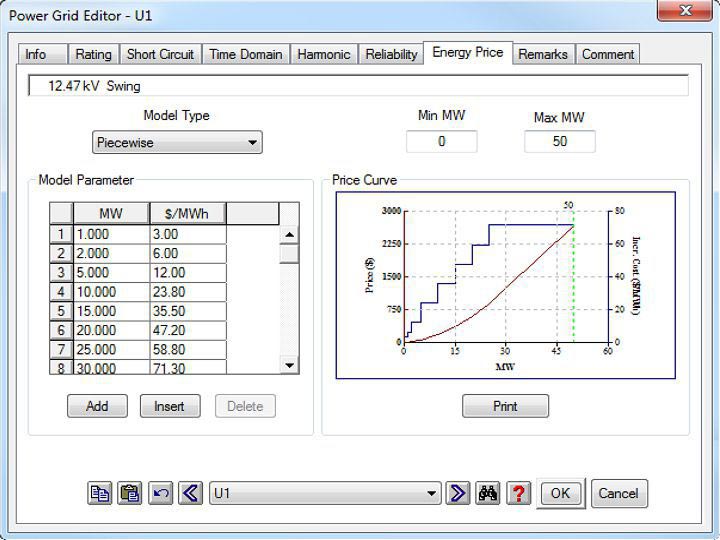

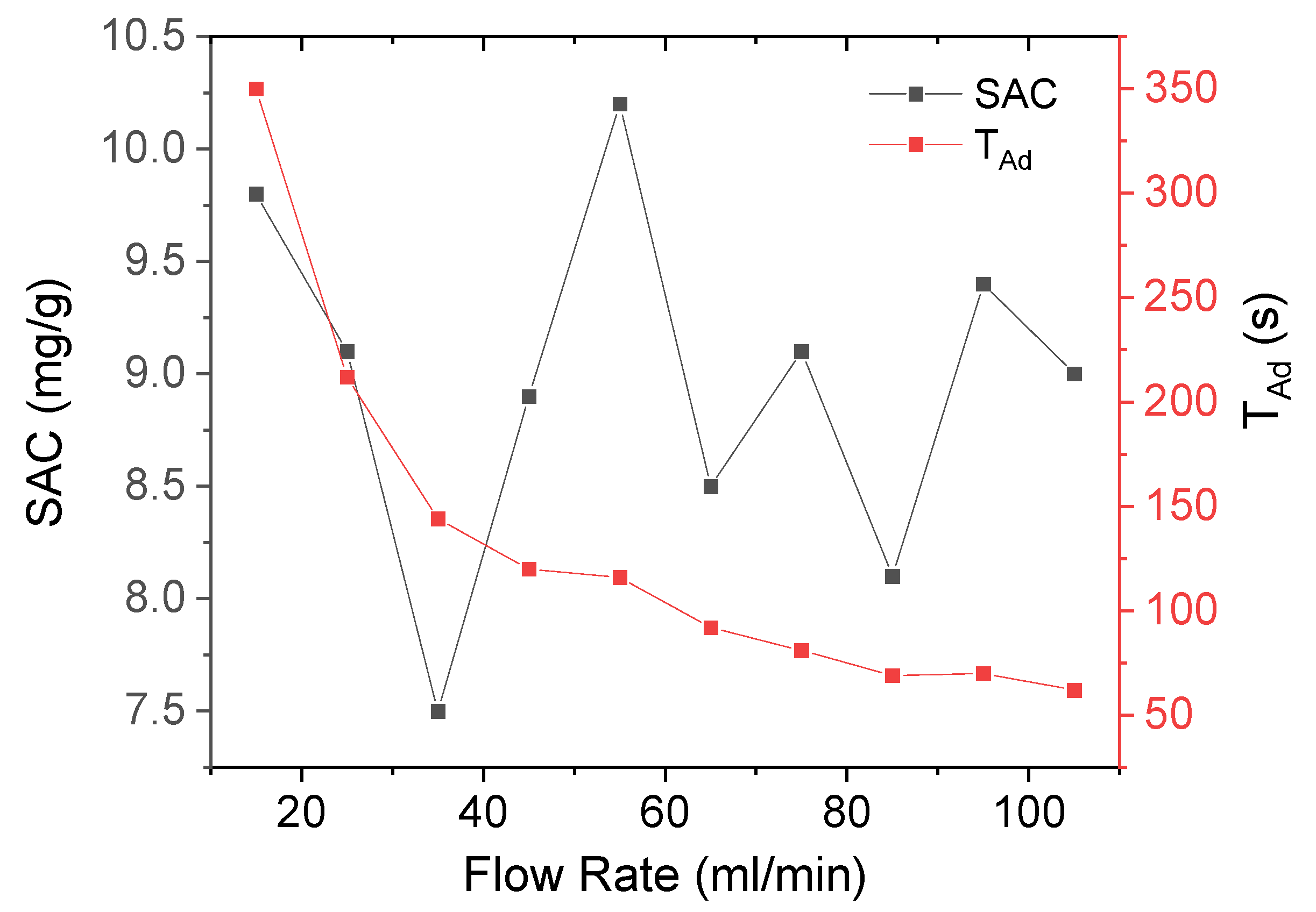






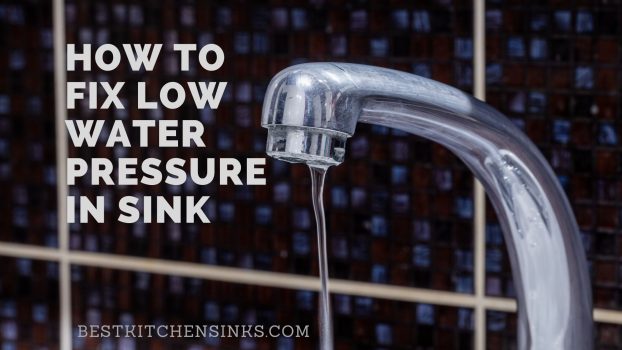

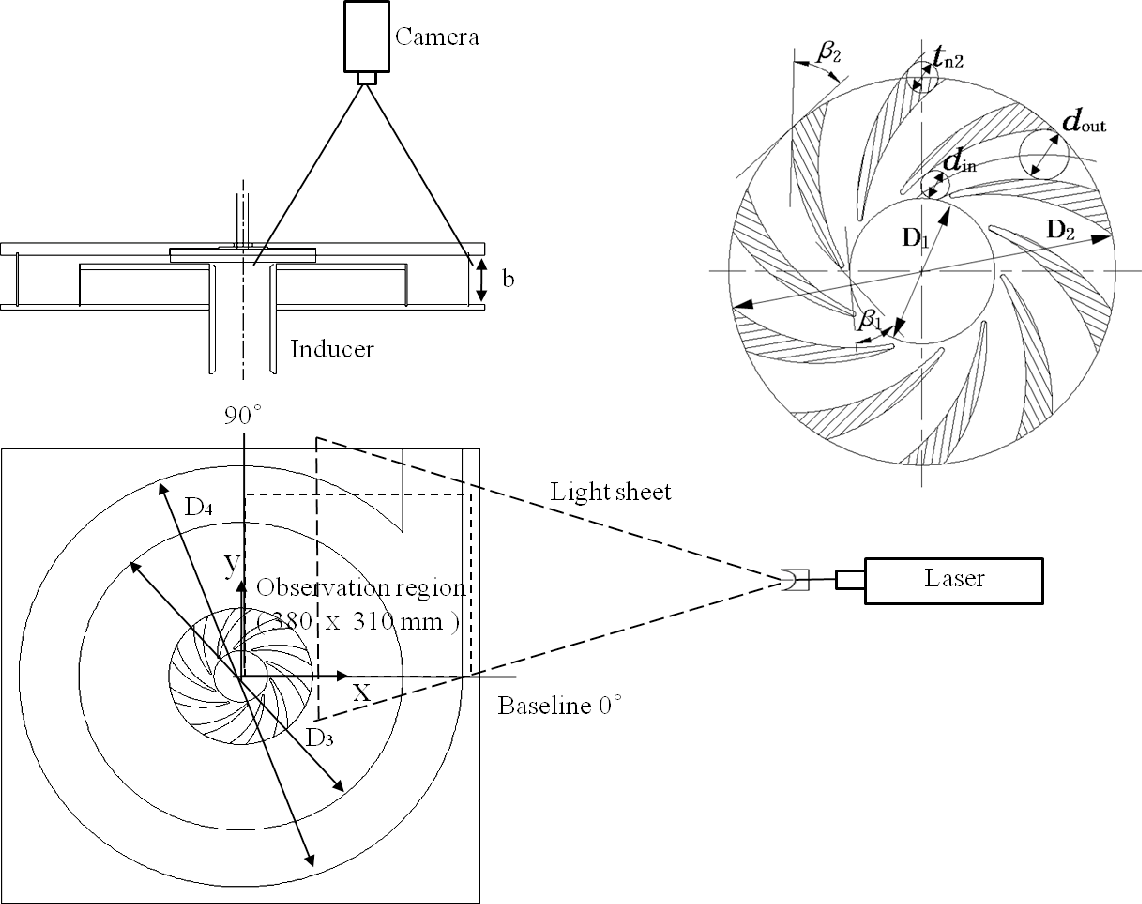

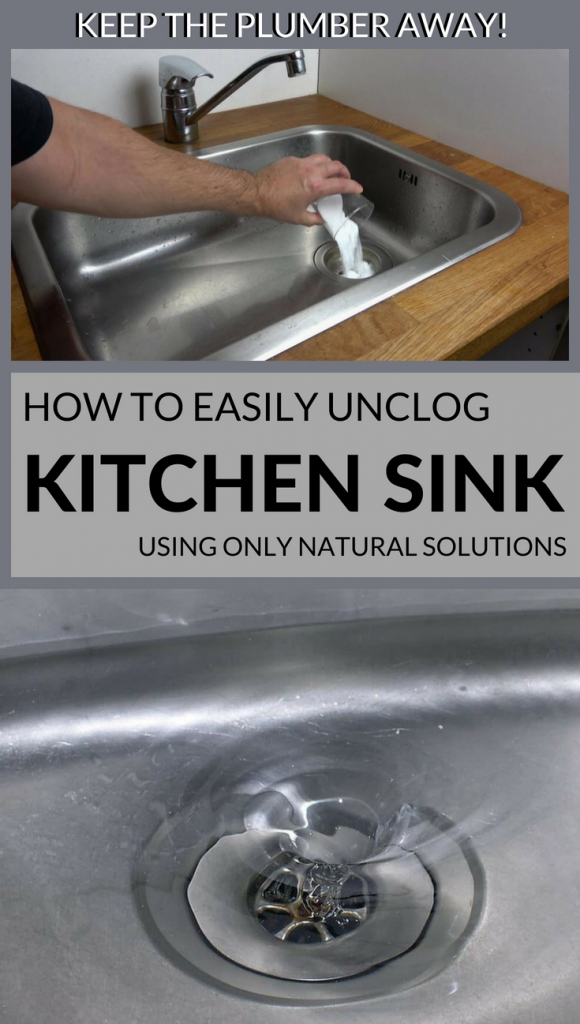



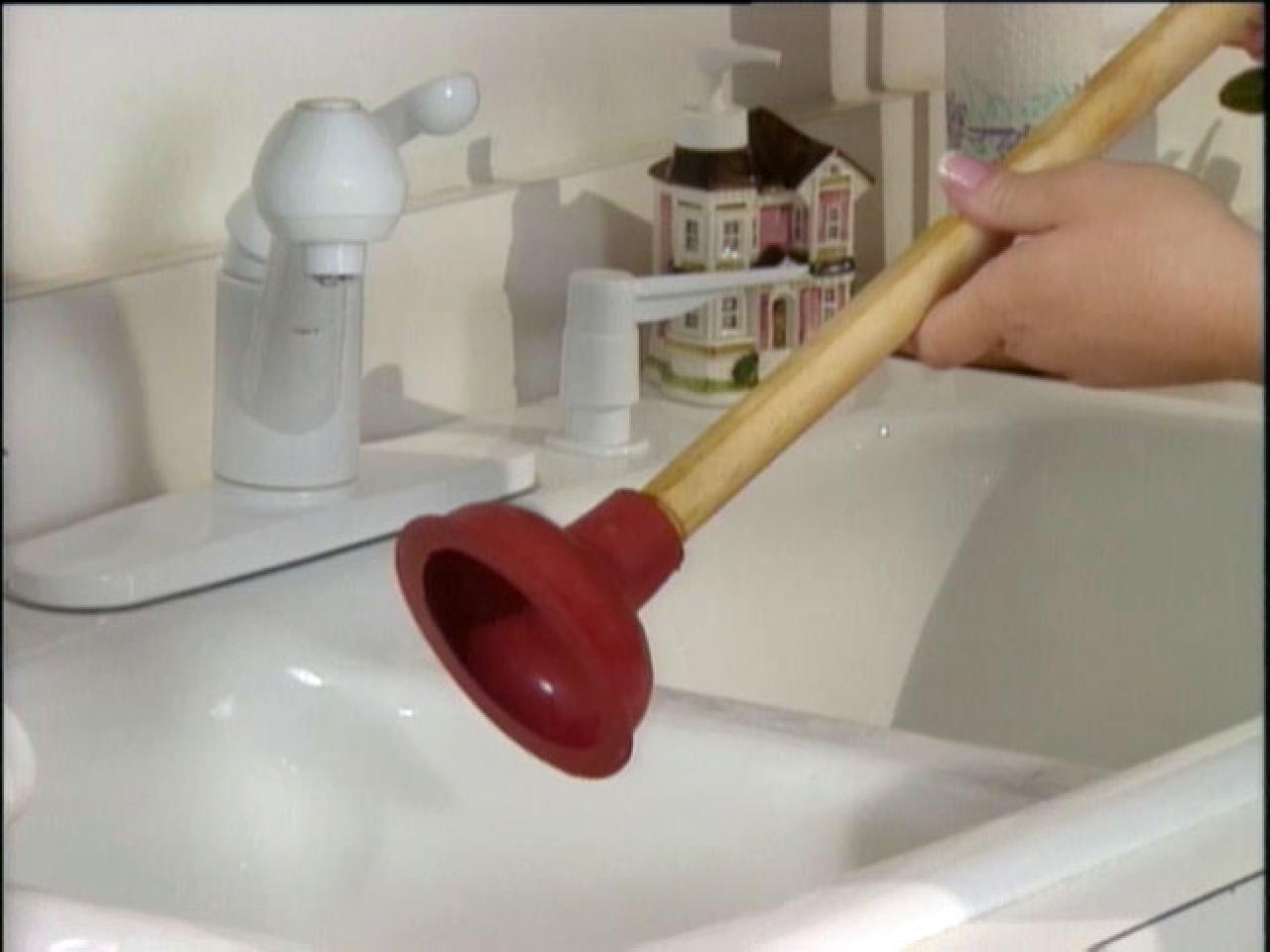




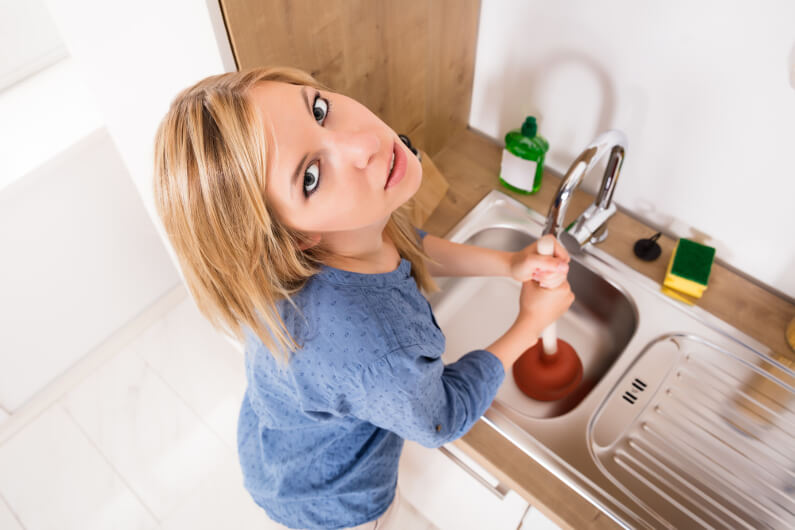







:max_bytes(150000):strip_icc()/Basic-kitchen-sink-types-1821207_color_rev-0b539306b9ef4236a136624ad2a89a4c.jpg)


